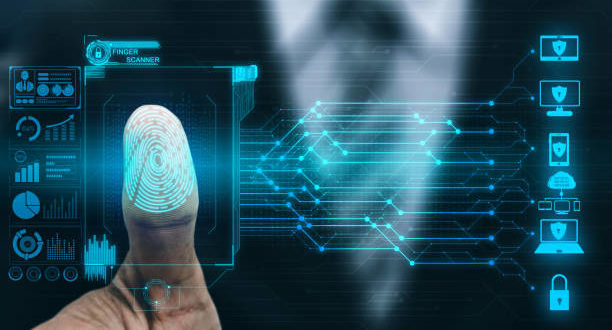Cybersecurity trends and threats evolve together. That’s why we have new threats each year. Thanks to advancing cyberattack techniques and security technologies, hackers can launch advanced and complex attacks on any business, regardless of size or shape.
Today, hackers have the means to penetrate most corporate networks. They use sophisticated databases and hacking tools to bypass firewalls and break into any network on the internet. Believe it or not, phishing is still the most successful cyber attack.
That’s why building your business with cybersecurity in mind is paramount to avoid severe damage that may come from something simple as a text, phone call, or email. With that in mind, let’s discuss the best cybersecurity practices to consider when setting up your sustainable business in 2023.
Protection of IoT-enabled devices and environments
Regardless of your line of work, be it software delivery or selling cars, staying on top of new technology is paramount to getting your business ahead of the curve. In 2023, everything business-related will take place over the internet.
While the web offers countless benefits for digital businesses, such as streamlined workflows and automated services, it also exposes your organization to numerous cyber threats. That’s why you should tap into consistent patch management before buying into IoT solutions.
You can use this managed service to ensure all your business applications and software deployment are running with the latest, most secure, and updated versions. IT and software distribution teams should also harness the power of DevSecOps tools to ensure top security protocols across every step of the software deployment lifecycle.
Like DevOps tools, the DevSecOps solutions enable your software development and deployment teams to execute the latest security measures at each stage of continuous software delivery.
Start with educating your staff
Having a skilled IT team of experts, managed services, and ample software might seem like an excellent way to develop a hack-proof cybersecurity strategy, but things aren’t that simple. In fact, it won’t mean anything if your workforce doesn’t know what to look out for.
With the rising threat of advanced cyber attacks, your employees must know how to tackle any challenges and tamp down attempts to find vulnerabilities in your security to reduce the chances of a damaging attack.
Established verification processes, cybersecurity checklists, and training are, therefore, paramount to educating your workforce on the importance of data security and asset protection.
Hybrid workspace cybersecurity
Since the hybrid workspace business model is here to stay, you should work on providing work-from-home options for your workforce but with a focus on cybersecurity. To ensure a safe and secure remote workspace, you need highly protected, easily accessible, and scalable business processes.
You can ensure all three with the following solutions:
Secure cloud computing – makes your business operations and relevant data easily accessible from any location;
Virtual desktop – helps to connect your remote workforce regardless of location and makes all business applications accessible via a simple login process;
Enterprise mobility – ensures top levels of cybersecurity for the personal devices your remote workforce uses to go about daily tasks and stay efficient and productive while moving.
Combine these three essential components to get an all-encompassing cybersecurity-powered workspace that ensures no third party can exploit your sensitive data. Even if a hacker breaches your security, you’ll have the latest version of critical data readily available for implementation.
Global cyber threats
Regardless of your business location, you have local and global cyber threats to consider. Hackers from all over the world target business organizations of all shapes and sizes. With so many threats coming from every side, you must work around the clock to protect your business.
One of the easiest ways to take your cybersecurity to the next level is to enable multifactor authentication across your organization. While it may seem like a small thing, this extra security measure can prevent international hackers from breaching your organization and stealing sensitive data.
It prevents unauthorized access to digital assets, business data, applications, services, and systems by adding an extra authentication step before logging in. Even if a cybercriminal manages to access business assets, they will have to authenticate their identity to get in.
Conclusion
While there are countless techniques and strategies for fortifying your cybersecurity efforts, these steps are paramount to ensure you have a basic defense against threats, attacks, and breaches. However, keep in mind that these tenants here are just for starters.
They are meant to set you in the right direction toward embracing the best cybersecurity practices. The best way to mitigate risks is to take a proactive approach rather than a reactive one. Don’t wait for a cyber attack to happen to take action; act proactively to prevent hack attacks from ever happening.
Even if hackers manage to breach your security networks, the proactive approach will allow you to mitigate the consequences before they cause permanent damage.



